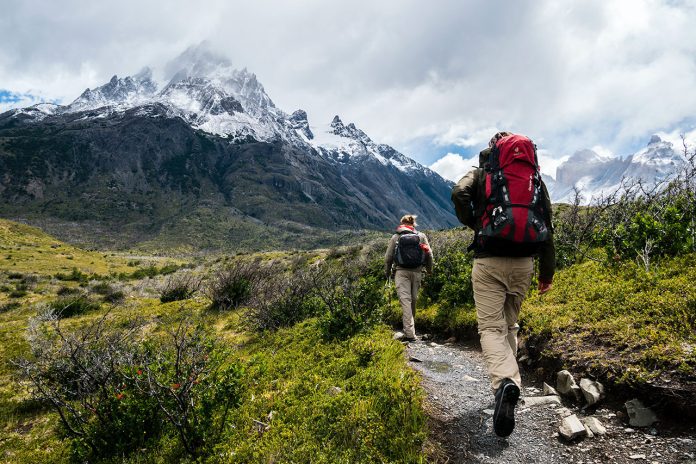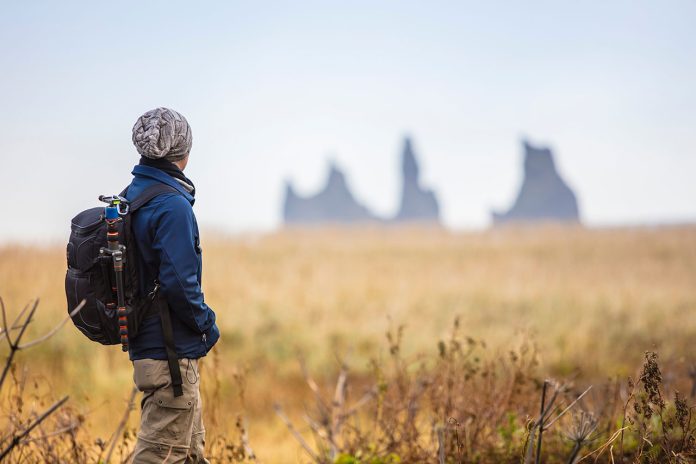With its countless physical and mental benefits, hiking is one of the most rewarding lifetime activities to pursue. However, injuries or emergencies can transform a rejuvenating day on the trail into an ordeal no one wants to experience. Fortunately, advance preparation and utilizing key hiking safety strategies can help stack the odds in your favor for an incident-free adventure. Follow these essential hiking safety tips on gear, navigation, supplies, hazards, and procedures to hit the trail with confidence.
Table of Contents
You may also want to know: How to start hiking
Choose Appropriate Footwear
Proper footwear provides a critical hiking safety foundation. Trail shoes or boots should be delivered:
- Sturdy support to prevent rolled ankles on uneven terrain
- Traction from deep lugs to prevent slips, especially when wet or muddy
- Cushioned insoles for comfort over long mileage
- Waterproofing in damp conditions
- Versatility for the specific trails and carrying load
Make sure to thoroughly break shoes in before longer treks to avoid painful blisters. Consider stabilizing orthotic inserts if prone to arch or knee issues. Trekking poles also enhance stability on rough trails. Don’t even think about heading into the backcountry with flimsy, worn out sneakers.
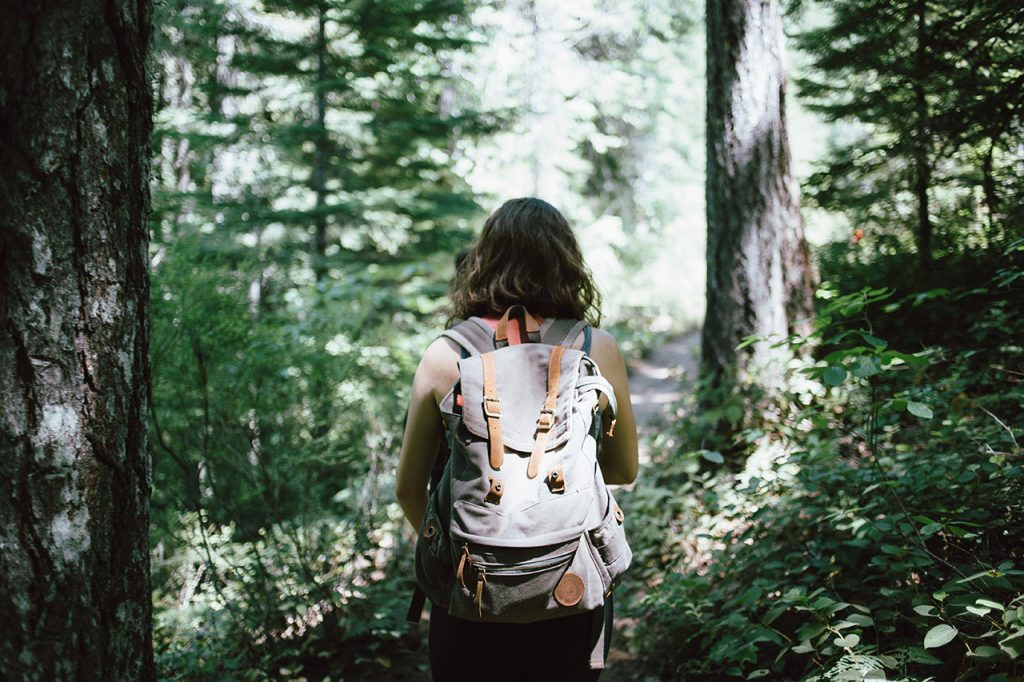
Dress in Layers
Having the right hiking clothing enhances both safety and comfort in unpredictable conditions. Follow the layering principle:
- Base layer wicks sweat from skin and retains warmth.
- Insulating mid-layer provides adjustable extra warmth as needed.
- Outer shell blocks wind and rain. Look for waterproof yet breathable fabrics.
- Additional accessories like fleece hat, gloves, and neck gaiter for cold or extra sun protection like UPF shirts in heat.
Avoid cotton which retains moisture. Synthetic fabrics like polyester or performance wools that wick moisture keep you drier and regulated in any weather. Dress in layers you can add or shed as the thermometer fluctuates.
Pack Sufficient Water and Nutrition
Dehydration and hunger quickly drain energy and impair judgment on the trail. Always pack:
- More water than you think you need, and bring water treatment methods like filters or chemical treatments if sourcing from lakes or streams. Hydration bladders with drinking tubes allow frequent sips without stopping.
- Energy-dense trail snacks like dried fruit, nuts, crackers, jerky, and bars.
- Electrolyte replacement supplements for longer hikes.
- Insulated bottles and thermoses for warm meals or drinks during cool weather.
- More calories than a typical meal to fuel high hiking exertion.
Staying nourished and hydrated keeps your body performing at its peak for hiking safety and enjoyment.
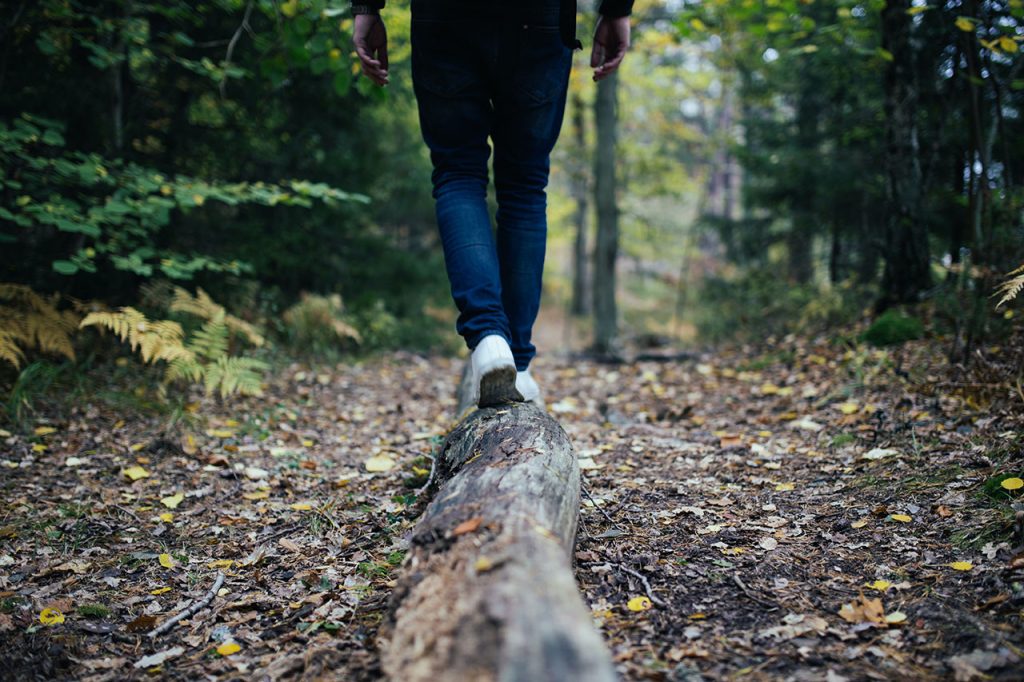
Carry Essential Navigation Tools and Know How to Use Them
Don’t just rely on your phone’s map app in the backcountry. Be prepared with:
- Topographic trail map properly oriented to the terrain
- Compass and knowledge of orienteering techniques
- Handheld GPS device with extra batteries as a backup
- External battery pack for recharging phones and electronics
- Headlamp with extra bulbs and batteries in case hike runs long
- Emergency shelter in case you are forced to spend an unplanned night out
Know trails’ difficulty rating and your own abilities to avoid dangerous situations. Share your specific itinerary with a trusted contact. An ounce of preparation here is truly worth a pound of cure.
Pack First Aid, Survival, and Emergency Gear
Carry a comprehensive first aid kit to treat minor issues onsite. Include any personal medications, sprays for bites or stings, bandages, gauze, wrap, and tape for stabilizing injuries. Also consider bringing:
- Fire starting kit with waterproof matches, lighter, and kindling
- Multi-tool or knife appropriate for hiking needs
- Insulated emergency blanket and warm layers
- Signal mirror, whistle, and high visibility vest
- Deterrent spray for unwelcome animal encounters
Though hopefully just precautionary, such items could prove vital until help arrives.

Watch Your Step
Paying attention to the trail itself prevents hazardous situations. Avoid distractions from electronics or taking attention off the path ahead. Scan for trip hazards like rocks or roots jutting from the dirt. Use hiking sticks for better stability on loose surfaces. Slow pace on descents using the uphill zigzag technique. Cross streams carefully using poles for balance if no bridges are available. Mud and steepness also require extra traversing care. Keeping eyes fixed on the ground as you walk keeps every step secure.
Be Bear and Wildlife Aware
Most animal encounters pose little threat if handled properly:
- Hike in groups and make noise to avoid surprising bears or large wildlife. Solo hiking requires extra precautions.
- Follow right-of-way rules by yielding to horses or wildlife you encounter. Observe from a distance.
- Leash pets at all times and stand between them and any provoking wildlife.
- Apply repellent sprays to discourage insect swarms or big carnivore interest.
- Avoid surprising rattlesnakes and other reptiles by watching step placements.
- Study signs of dangerous fauna in each hiking region and know proper responses.
Respecting all wildlife preserves both you and nature.
Beware of Exposure Dangers
Spending extended periods outdoors also warrants caring properly for your body. Be alert for signs of:
- Heat exhaustion – Dizziness, clammy skin, fatigue point to this. Hydrate and rest in shade.
- Hypothermia – Uncontrolled shivering and blue lips signal a dangerous drop in body temperature. Get into dry clothes and a warm sleeping bag.
- Altitude sickness – Headache, nausea and shortness of breath occur at high elevation. Descend and acclimate slowly.
- Sunburn – Use broad spectrum SPF sunscreen on all exposed skin. Reapply frequently.
- Blisters – Apply moleskin or hydroseal bandages at first hot spot sensations.
Listening to your body and addressing discomforts immediately prevents them from mushrooming into emergencies.
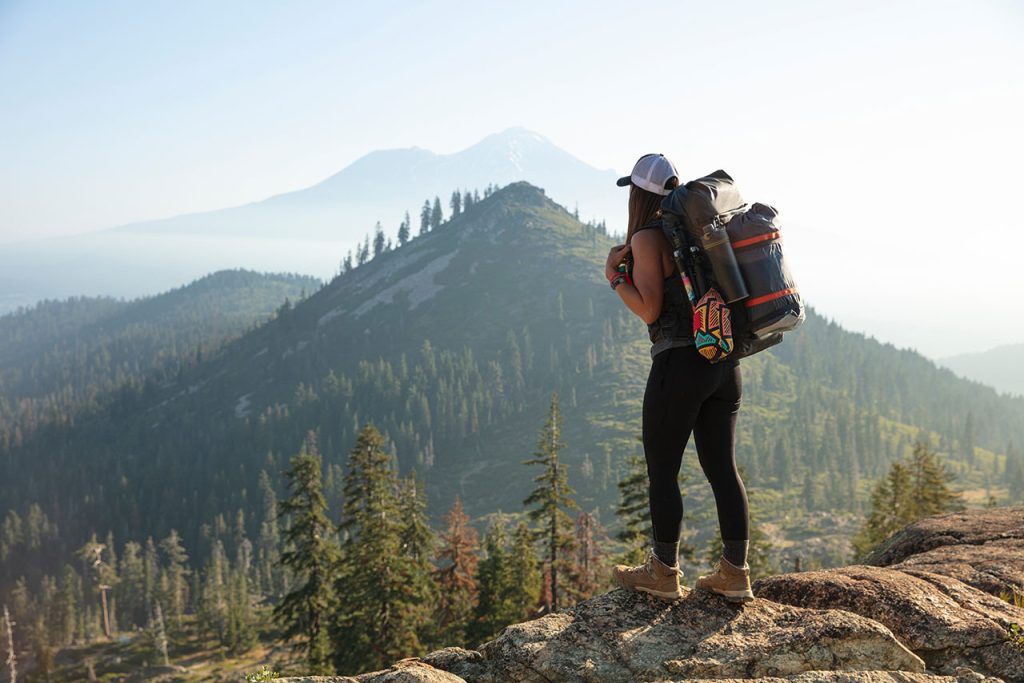
Master the Art of Trail Etiquette
Practicing good hiking etiquette keeps everyone safe while enhancing the wilderness experience:
- Give other trail users plenty of room as you pass to avoid collisions. A bell warns of approach from behind.
- When stopping, move aside so others can easily get by. Don’t spread out across the trail.
- Respect designated trail direction by not hiking the wrong way.
- Follow all posted trail regulations to protect ecosystems.
- Leave no trace by packing out all trash and gear.
Simple courtesy goes a long way to create good vibes all around.
Know What to Do if Injured or Lost
Should an emergency arise:
- Stay calm and take stock of the situation and your resources. Resist rash actions.
- Administer any necessary first aid. Use clothing to make improvised dressing for wounds.
- If injured but mobile, begin making your way slowly to nearest access point. Mark your route.
- If immobile, call for help using phone, whistle and mirror. Conserve warmth until rescuers arrive.
- If lost, relocate trail and minimize moving. Signal rescuers.
- Set up shelter, start fire and gather drinking water if spending the night out.
Preparing mentally prepares you to take life-saving actions even in dire scenarios.
Ultimately, safe hiking depends on preparation, proper gear, caution, and the right mindset. While the gear list may seem long at first, these items quickly become second nature. Getting educated, knowing your limits, and listening to experienced mentors helps develop key wilderness common sense. Staying alert, avoiding unnecessary risk, and turning back when conditions become questionable keeps adventure from morphing into misadventure. Respect the trail by putting safety first, while also embracing the immense joy and freedom of moving through nature under your own power.
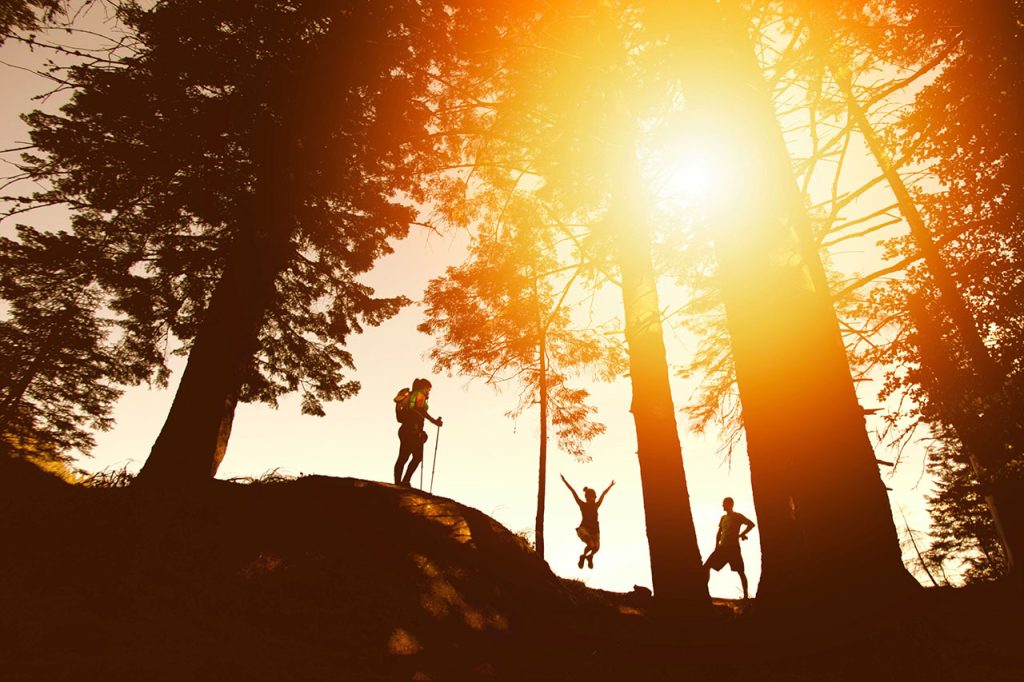
Related Links:
https://en.wikipedia.org/wiki/Hiking


